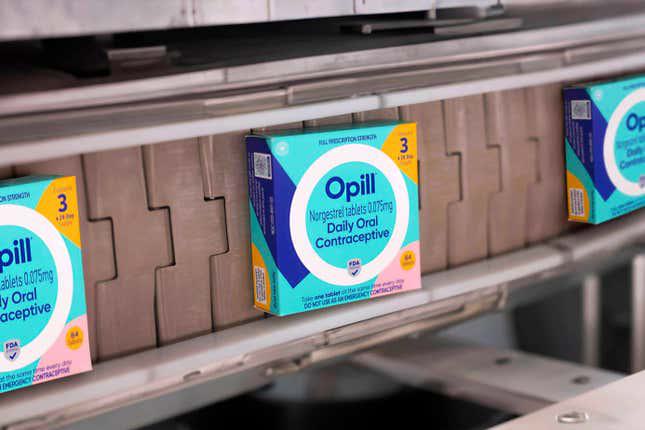Navigating the Purina Pet Food Safety Controversy: Understanding the Facts and Allegations
January 19, 2024 - Reading time: 4 minutes

In a world increasingly influenced by social media, the power of online communities to shape narratives is undeniable. This influence was evident when a Facebook group named "Saving Pets One Pet @ A Time" turned into a focal point for allegations against Purina, a major player in the pet food industry.
Reports emerged from numerous pet owners who shared distressing experiences of their pets falling ill, with symptoms ranging from lethargy and vomiting to muscle weakness and, in some cases, death.
pet foods, raising concerns among pet owners. Purina, in a statement dated January 5, 2024, and updated on January 15, firmly denied these claims, expressing sadness over the confusion and fear caused among pet owners.
The role of social media in this controversy is a double-edged sword. On one hand, platforms like Facebook and TikTok have given pet owners a voice and a space to share their concerns, potentially alerting others to real issues. On the other hand, the rapid spread of unverified information can lead to panic and misinformation. In the digital age, the line between community vigilance and unwarranted alarm is increasingly blurred, making it imperative for consumers to seek information from reliable sources and consult with professionals before drawing conclusions.
Purina's Firm Stance on Product Safety
Purina emphasized its commitment to quality assurance, noting that each of its pet food factories has an in-house lab staffed by scientists performing over 100,000 quality tests daily. Following the rumors, the company's Quality Assurance team conducted a thorough review of consumer contacts, manufacturing, and quality assurance data over the past year. They found no evidence of any issues or trends indicating a problem with their products and stated that they would act immediately if a real issue were to arise.
The company confirmed that there are no current or pending recalls on Purina pet foods. The FDA's database supports this, showing the last recall from Purina on March 10, 2023, for PPVD EL prescription dry dog food due to elevated Vitamin D levels, which was a voluntary recall.
Purina advises pet owners to report any concerns with pet food to the FDA and consult a vet if their pet shows any symptoms. The company also encourages customers to reach out directly with questions or concerns through their online contact form. Purina highlighted its responsive approach, stating that even as few as two complaints can trigger an internal investigation, and they are prepared to act swiftly if an issue is validated, as evidenced by their proactive recall in 2023.
Investigating the Evidence: Rumors versus Reality
The challenge in such situations lies in distinguishing between anecdotal reports and evidence-based conclusions. While social media can be a powerful tool for raising awareness, it also has the potential to amplify unverified claims. The symptoms reported by pet owners, such as lethargy, vomiting, and severe gastrointestinal issues, can be caused by a myriad of factors, not necessarily linked to diet. Furthermore, the correlation between the consumption of a specific pet food and the onset of these symptoms does not inherently imply causation.
Moving Forward: Balancing Safety, Trust, and Transparency
-
Rigorous Safety Standards: It is crucial for pet food manufacturers to adhere to stringent safety protocols. This involves regular, comprehensive testing of products, monitoring of supply chains, and ensuring compliance with all relevant health and safety regulations. By maintaining high safety standards, manufacturers can prevent potential health risks to pets.
-
Transparent Communication: Transparency is key in building and maintaining trust. Manufacturers should provide clear and accessible information about their products, including ingredients, sourcing, and safety testing procedures. In the event of any issues or recalls, prompt and honest communication is essential. Transparency also involves being responsive to consumer inquiries and concerns, providing reassurance and information to address any misconceptions or fears.
-
Understanding Consumer Behaviors: Recognizing the impact of social media on consumer perceptions is vital. In the digital age, news and rumors spread rapidly online, and manufacturers need to be proactive in monitoring and responding to discussions about their products on these platforms. Engaging with customers on social media, addressing concerns, and correcting misinformation can help in managing the narrative and maintaining a positive brand image.
For pet owners, the key takeaway is to remain informed, vigilant, and consult with veterinarians when health concerns arise. Meanwhile, companies must ensure the highest safety standards and engage openly with consumers to maintain trust. In this interconnected world, a balanced approach is essential for safeguarding both pet health and consumer confidence.

DW Staff
David Lintott is the Editor-in-Chief, leading our team of talented freelance journalists. He specializes in covering culture, sport, and society. Originally from the decaying seaside town of Eastbourne, he attributes his insightful world-weariness to his roots in this unique setting.




